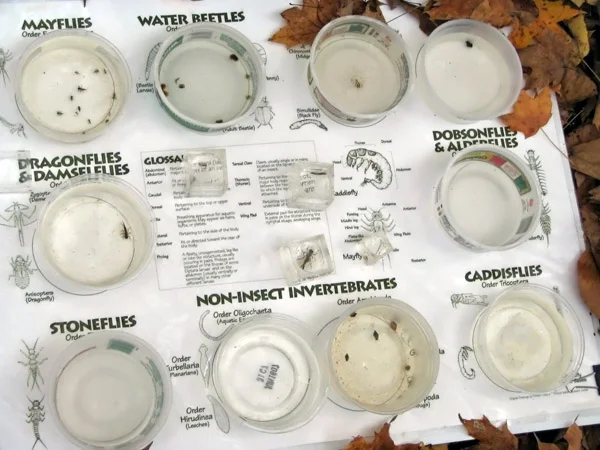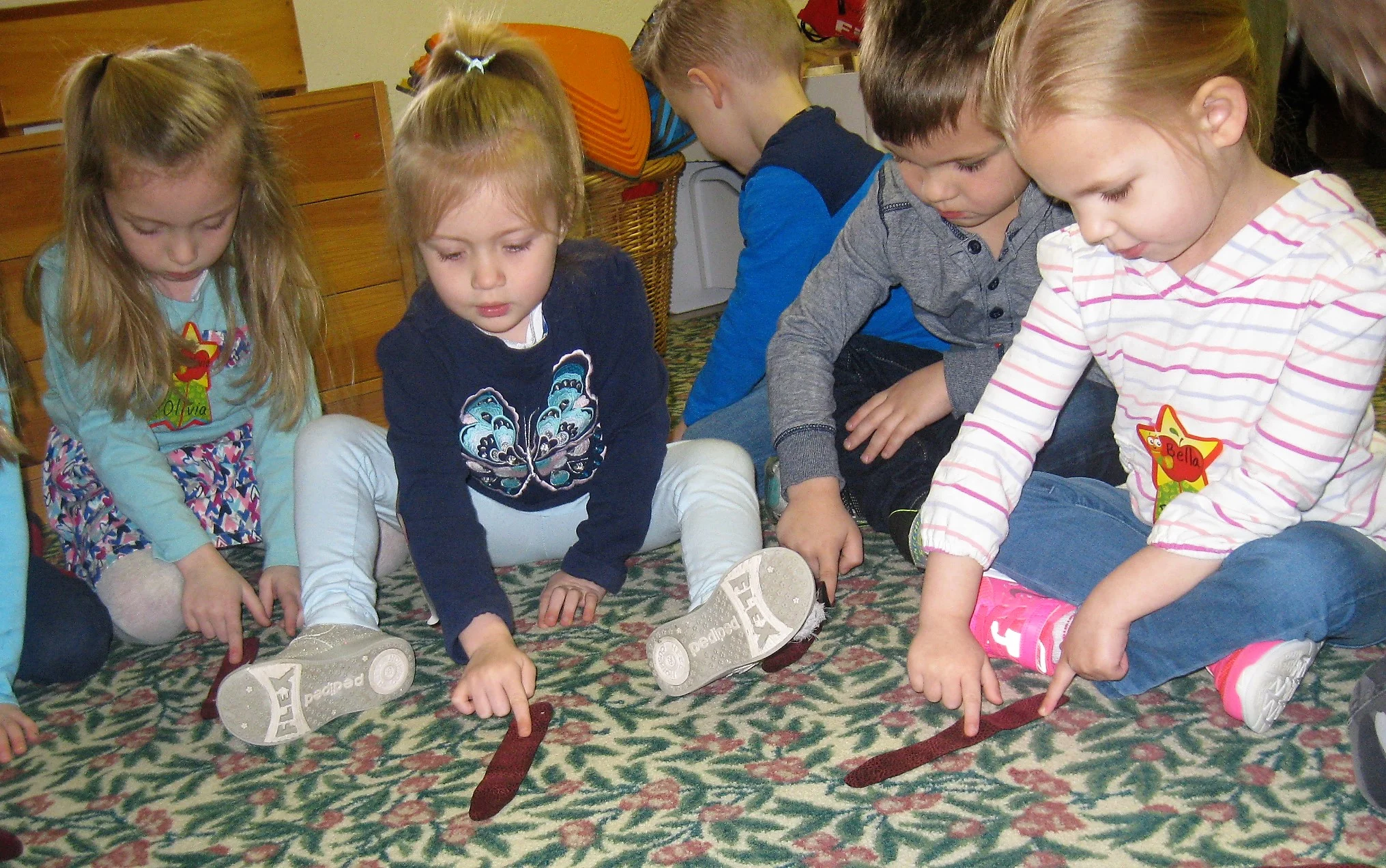Birds... Feathered & Fabulous! For Kindergarten - 2nd grade
Birds... Feathered & Fabulous! is a content-rich program crafted for students in grades T-1, 1, and 2. This program includes related items from our natural history collection (bird mounts, feathers, eggs, nests, etc.) selected to help children learn about bird behavior and the special adaptations birds have to survive. Students will actively participate in demonstrations and experiments.
Birds... Feathered & Fabulous! is a one-hour program for classes of up to 24 children. This program is highly recommended for T-1, 1st, and 2nd Grade Students.
Fee: (includes use of the restroom and picnic facilities when held at the Conservancy)
* $100.00 per class of up to 24 students for programs held at your school plus a $10 travel and transportation fee per class
* $7.50 per student ($75 minimum) when held at the Conservancy
For more information or for reservations contact: PWC Education Department at education@perkiomenwatershed.org
PDE Academic Standards covered by this lesson include:
3.1.K.A1 - Identify the similarities and differences of living and non-living things.
3.1.K.A5 - Observe and describe structures and behaviors of a variety of common animals.
3.1.K.A9 - Distinguish between scientific fact and opinion. • Ask questions about objects, organisms, and events. • Understand that all scientific investigations involve asking and answering questions and comparing the answer with what is already known. • Plan and conduct a simple investigation and understand that different questions require different kinds of investigations. • Use simple equipment (tools and other technologies) to gather data and understand that this allows scientists to collect more information than relying only on their senses to gather information. • Use data/evidence to construct explanations and understand that scientists develop explanations based on their evidence and compare them with their current scientific knowledge. • Communicate procedures and explanations giving priority to evidence and understanding that scientists make their results public, describe their investigations so they can be reproduced, and review and ask questions about the work of other scientists.
4.1.K.D - Observe and describe what happens to living things when needs are met.
4.1.1.A - Identify and describe the basic needs of living things in a terrestrial habitat.
4.1.2.D - Identify differences in living things (color, shape, size, etc.) and describe how adaptations are important for survival.
4.1.2.E - Identify how living things survive changes in their environment.
3.1.1.A1 - Categorize living and nonliving things by external characteristics.
3.1.K.B1 - Observe and describe how young animals resemble their parents and other animals of the same kind.
3.1.K.C2 - Describe changes animals and plants undergo throughout the seasons.
3.1.1.C3 - CONSTANCY AND CHANGE Describe changes that occur as a result of habitat.
3.1.2.C2 - Explain that living things can only survive if their needs are being met.






